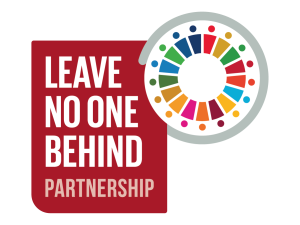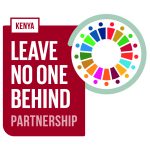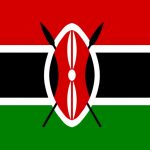The Leave No One Behind coalition in Kenya was founded in 2018. Country co-leads are VSO Kenya and Plan Kenya. The SDGs Kenya Forum is chair of the national steering committee.
Current members (June 2024) are:
- ActionAid Kenya
- ADRA Kenya
- Caritas Kenya
- CBM Kenya
- Citizen Rural Network
- Development Initiatives Africa Office
- Humanity and Inclusion
- International Federation for Red Cross in Kenya
- Islamic Relief Kenya
- Plan International Kenya (co-lead)
- SDGs Kenya Forum (head of steering committee)
- United Disabled Person in Kenya (UDPK)
- VSO Kenya (co-lead)
The collective voices from these dialogues played a significant role in influencing Kenya’s voluntary national reporting to the UN. Working with other partners and the National Bureau of Statistics, the coalition conducted joint case studies on the growing use of citizen-generated data in Kenya.
Some key achievements include:
– Providing capacity building sessions to 28 grassroots CSOs and 66 individuals in Siaya and Makueni counties on various aspects of the SDGs, participatory approaches, county budgeting processes, citizen-generated data, and accountability mechanisms.
– Disseminated research findings on barriers and opportunities for inclusion of persons with disabilities in VNR mechanisms, reaching 60 people directly (including 38 persons with disabilities) and 200 people indirectly, including members of local civil society organisations.
At the national level, our achievements include:
– Increased knowledge capacity of persons with disabilities and grassroots CSOs on Community-Led Monitoring (CLM) and community-generated data approaches.
The main beneficiaries were marginalised groups and grassroots CSOs, especially persons with disabilities through their organisations. The project also empowered disabled people’s organisations at the local level to amplify their voices and participate in local development processes. In addition, stakeholders within the coalition contributed to the implementation of the project in the targeted districts.
Looking ahead, the country coalition aims to undertake activities at the national government level to further promote inclusivity and participation.




 Our Target SDGS in Kenya
Our Target SDGS in Kenya





